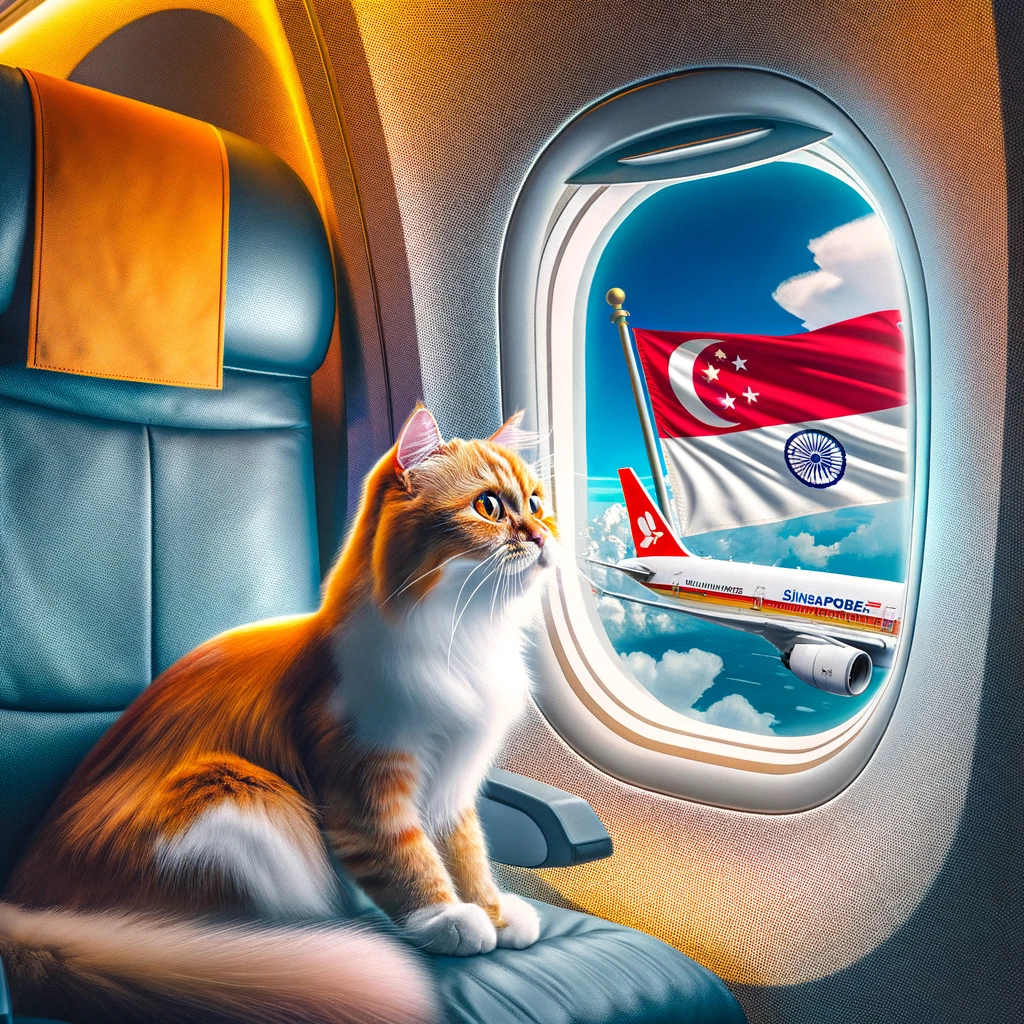
5 Best Tips for Moving From Country to Country | With a Cat That is Acceptable in All Cases

1. Research Pet Travel Requirements in Advance

As you plan an international move with your cat, one of the most crucial steps in that process is researching pet travel regulations ahead of time for both the country from which you are departing and the country into which you will be entering. Not every country has the same requirements when it comes to importing pets. Some may require:
Pet Passports: This is a passport for your cat, chronicling its medical history, including vaccination details. Most countries, especially in the European Union, make this a requirement to take your pet across their borders.
- Vaccinations: Almost universally required is a rabies vaccination, ideally administered weeks to months before travel. Additionally, some countries find it necessary to get vaccinations against diseases like feline leukemia or feline distemper.
Microchipping: Many countries require advanced microchipping of pets to travel. The microchip needs to be ISO-compliant, and thus able to be read by animal health authorities anywhere in the world.
Quarantine: Some countries may have requirements for arriving cats to go directly into quarantine. Quarantine times can be as short as a few days but more often range over several months. It is thus very important to check quarantine regulations for destinations.
Complications in meeting these requirements can be avoided if you research them well several months before your move. You have time to get all your paperwork together, vaccinations scheduled, and other requirements such as quarantines or health certificates fulfilled.
2. See Your Veterinarian in Advance for a Health Check

First of all, it is highly recommended to schedule a veterinary visit before starting an international moving process with your cat. A veterinarian can facilitate assessing the health of your feline companion and whether your cat is healthy enough to travel. In this visit, he/she can:
- Vaccinations: Vaccinate your cat against diseases or fill in any missing vaccinations as required by the destination country.
Health Certificate: Most countries require an official health certificate, signed by a licensed veterinarian. It has to be provided usually within ten days of travel. The health certificate affirms that your cat is in good health and free from all diseases.
Discussion of travel anxiety veterinarian may recommend sedation or calming supplements to make the trip easier, should your cat show anxiety when traveling. Medication: Never medicate your cat without guidance from a veterinarian when flying.
Microchipping: If your cat isn’t already microchipped, this is the time that your vet may insert the chip. It will also be good to have confirmation that the chip works, and also that it’s duly registered with your contact details.
Regular consultation with the vet at this stage ensures that all medical documents necessary are readily available for the move, and your cat’s health is not compromised at any instance during the relocation process.
3. Buy an Appropriate Travel Carrier

You will need to buy a high-quality, airline-approved travel carrier that will accommodate your cat’s comfort and safety during the trip. Consider the following when choosing an appropriate carrier:
- Size: It should be big enough for your cat to stand up, turn around, and comfortably lie down. Small enclosures add to anxiety.
Ventilation: Allow the carrier to be well-ventilated on at least two sides for air circulation. For air travel, good ventilation is particularly important to avoid overheating.
Comfort: Place some items familiar to your cat inside the carrier, such as a soft blanket or towel smelling of home, to reduce stress. You can even add in one or two favorite toys.
- Airline Requirements: If flying, check with the airline for any guidelines concerning pet carriers. Some airlines do have size and weight restrictions. It should fit under the seat in front of you if your cat flies in the cabin.
It’s a good idea to acclimate the carrier well in advance of the move. Let your cat get used to it at home, to sniff and lie in it. This will greatly reduce their stress on travel day.
4. Plan for Food, Water, and Bathroom Breaks

If you are moving long-distance, planning for your cat’s needs on the road is crucial. Here are a few things you should plan:
- Feeding: Feed the cat light meals 4 to 6 hours before travel. Do not feed the cat heavy meals right before traveling, because this might affect the cat during the journey through nausea.
Water: Bring along a small, collapsible water bowl and, if possible, give your cat water now and then. If flying, it is good to give them water before and after flying because most airlines would not allow access to pets during the trip.
Litter Box: This will come in handy for bathroom breaks during long drives. Most cats will simply not use the bathroom until they reach a spot that is perceived as a secure environment. So, give them an opportunity.
Emergency Kit: Make an emergency kit with extra litter, a litter box, wipes, and paper towels if accidents happen.
Plan for your cat’s basic needs; the journey will be as easy and non-stressful as possible.
5. Consider Your Cat’s Comfort Upon Arrival

When you finally get to your new home in a foreign country, this is the time to let your cat take some time to get used to the unfamiliar settings. Cats are normally routine-loving animals, and a new environment can be oppressive. Here’s how you can help:
- Provide a Safe Area: Before letting your cat free in your home, prepare a quiet room for your cat to stay in. Place their belongings there, like their bed, toys, food, and water. This safe space gives them a controlled environment to start feeling at home.
- Gradual Exploration: After a few days, give your cat freedom into the rest of your new house, allowing access to all areas at their own pace, but without giving them too much freedom to roam around everywhere at once. Gradually introduce them to the other rooms.
Keep the Routine: Keep your cat on their usual schedule regarding feeding, among other fun activities that you might engage them in. Cats love routine, and with things kept as close to routine as possible, they easily adapt to these changes. - Watch for Behaviour: Cats are creatures to whom locomotion is very traumatic. While changes in feline behavior are normal when moved from one place to another, the call for a veterinarian in your new locality would be reasons including refusal to drink or eat, extreme hiding, and then signs of illness.






